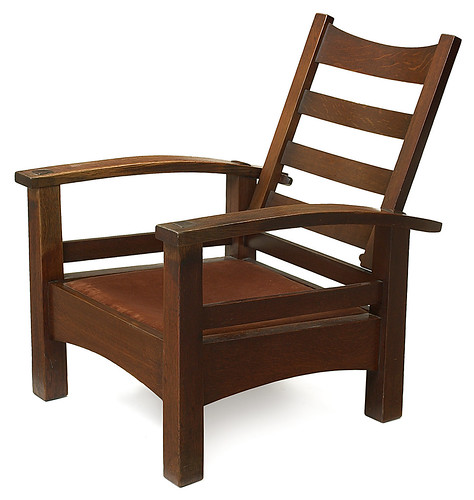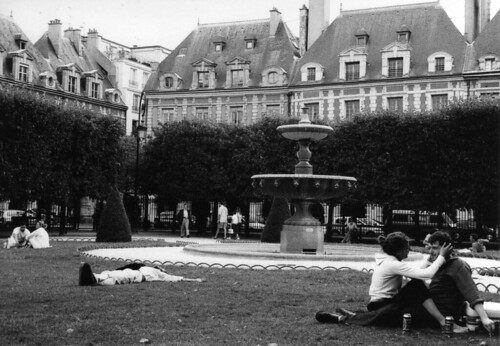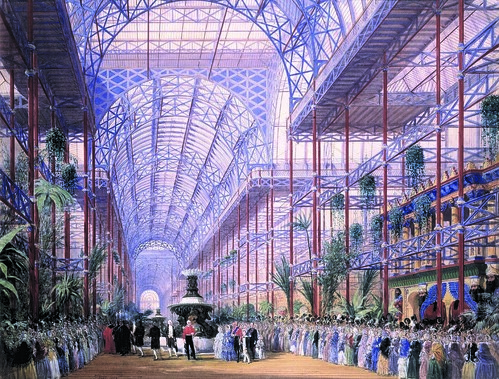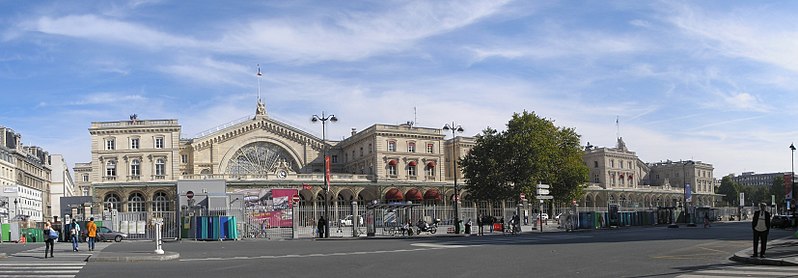leave an unique impression. Footprints represent a definite move forward, having a lasting impression upon history. Fingerprints leave a unique impression upon the face of history, but, unlike footprints are not moving forward.

http://www.flickr.com/photos/37996580657@N01/130971893
William Morris along with some others promoted hand-crafted artifacts during the Arts and Crafts Movement. Hand crafted artifacts are closer to nature than those made by a machine, and are generally made of more natural materials. They believed that hand-crafted artifacts also kept people out of factories and reduced the negative effects of industrialism, thus benefiting all people and their natural surroundings. These artifacts were intended for everyone, but only the wealthy could afford them, thus leaving a fingerprint instead of a footprint.

http://www.sawmillcottage.net/Castle%20Howard.jpg

http://www.flickr.com/photos/sfumatura_it/3373032904/
The gardens at the Castle Howard appear less formal, but are indeed carefully planned spaces, that though are from natural materials, are not natural because they are planned. Another interesting planned space were those of the emerging middle class, who wished to emulate the upper class in their apparent way of life. Large structures with the appearance of the home of a wealthy upper class family were built, but were in fact divided living spaces for the middle class or upper middle class. In the middle of these were open communal spaces, sort of like parks.

http://www.flickr.com/photos/dulwichonview/2424731509/

http://en.wikipedia.org/wiki/File:Gare_de_d%27Est_Paris_2007_a2.jpg
The technology of iron and glass made the opening of space possible. Not only did the glass structures seem larger because they appeared without walls and/or ceilings, but also were of larger expanses. An outstanding example was the Crystal Palace of London. Also, conservatories were built from these materials, displaying plants from all over the world—brought back by wealthy men from their tour. These buildings were used as party spaces for the wealthy elite, also promoting healthy, cleaner air. For the middle class, iron and glass also opened up spaces, specifically in the arcades, which provided entertainment, especially in the form of shopping. In the Southern United States, however, masonry was used as a primary building material, such as at Dayton Hall, as well as at UVA and Monticello, both of which we recently visited.

http://www.flickr.com/photos/khaugli/17107022/

http://www.flickr.com/photos/deegs/2068134591/

http://paaia.org/galleries/default-image/white%20house.jpg
As the United States grew, so did its urban areas. The nature of places was changing, as were the people within them. The city that underwent the biggest change was Chicago, due to a fire that wiped out most of the city, allowing fresh ideas in architecture to arise in that center. Cities became a place for people, as they were a center for politics and a source of more financial stability, especially due to the number of jobs arising there, particularly in factories. Washington, DC was built from the ground up with the intention of being as much like Rome as possible, symbolizing its stance as a Republic. The buildings within it, especially the White House, have become symbols for the United States and what it stands for.

http://www.flickr.com/photos/scottwrightphoto/3084511166/
An interesting example of materiality in a place is the Royal Pavilion in Brighton by John Nash. The supposedly gaudy structure took around 35 years to complete, leaving its roots as a fishing cabin and becoming a sort of museum of Asian curiosities. It was criticized as being distasteful and over the top.
-Kristen Sylvia & Cassandra Gustafson


No comments:
Post a Comment